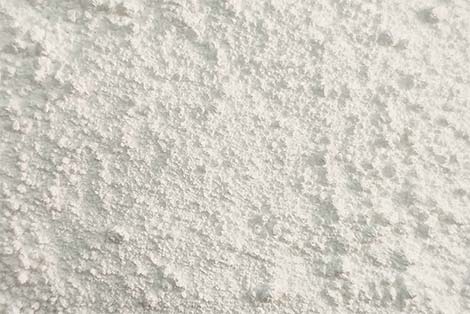
Zeolites are three-dimensional, microporous, crystalline solids with well-defined structures that contain aluminum, silicon, and oxygen in their regular framework; cations and water are located in the….
Structures of zeolites
Zeolites are three-dimensional, microporous, crystalline solids with well-defined structures that contain aluminum, silicon, and oxygen in their regular framework; cations and water are located in the pores. The silicon and aluminum atoms are tetrahedrally coordinated with each other through shared oxygen atoms.
Natural Zeolites are natural minerals that are mined in many parts of the world. If you want to know about natural zeolite, please read this article link ( What is the Best Zeolite? — What is Natural Clinoptilolite? ). most zeolites used commercially are produced synthetically.
Engineer researched zeolite crystals structure between natural and synthetic zeolite, and found different benefits of different zeolites. Zeolites have void space (cavities or channels) that can host cations, water, or other molecules. Because of their regular and reproducible structure, they behave in a predictable fashion. Zeolite specifications include other parameters, such as particle size and mesh size.
